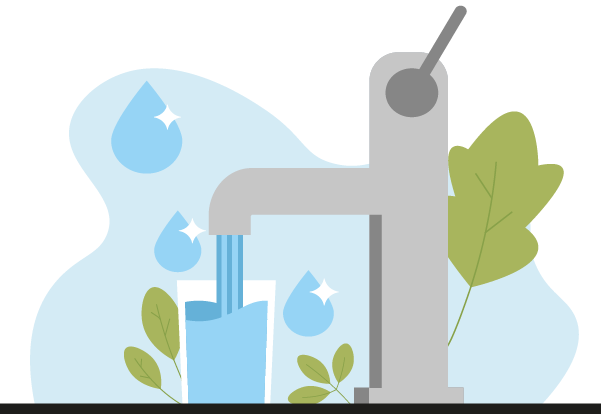
With large buildings comes larger and more complex piping installations to deliver clean drinking water to inhabitants.
With these larger builds, one of the biggest risks to clean water hygiene is legionella, a disease which is at home in stagnant water in piping systems. It’s estimated that 12% of water samples from buildings in the United Kingdom contain the bacterium.
This becomes a health hazard when an individual breathes in water droplets (or aerosol) from a contaminated water source. Once inhaled, the bacteria can multiply in the lungs, ultimately causing a pneumonia-like infection: Legionnaires disease.
So how can your pipework installation help maintain a healthy balance and minimize risks to health?
In this CIBSE Journal webinar, sponsored by Viega, Fabian Lenkat, Viega: Consultant Training & Academy / Official further training: State-certified technician for HVAC, plus Sebastian Bowen and Chris Boakes – Specification Sales Managers UK from Viega highlight best practice for pipework installation layouts to help guarantee potable water is delivered to users.
Aside from ensuring constant flow of water, the best approach is to design out as much of the problem as possible. From minimising dead legs in systems through to achieving optimal flow rates, the team at Viega share technical and design insights to ensure clean potable water for your pipework system.
Register to watch this webinar on demand


